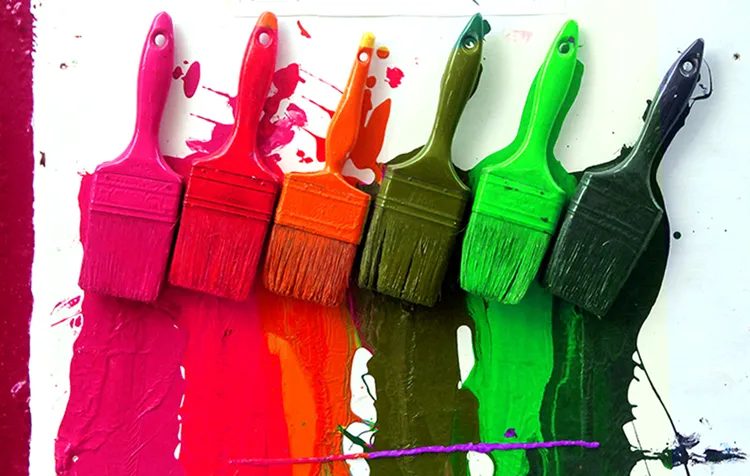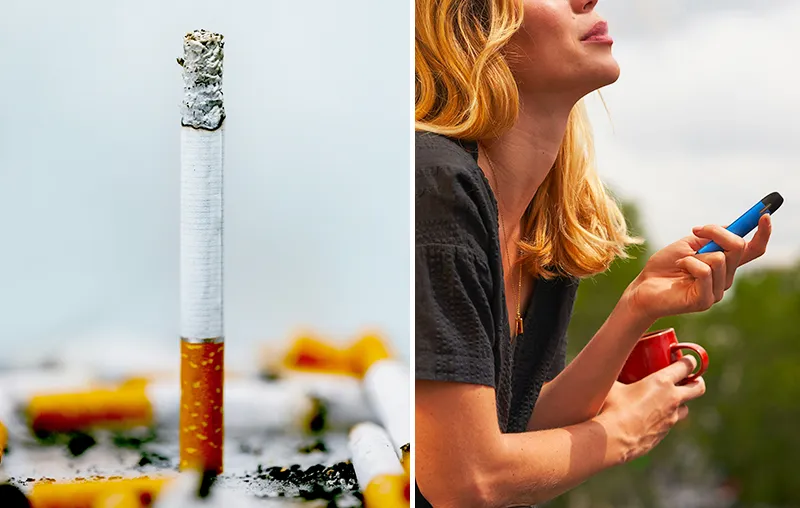How can you recognize greenwashing and expose companies that present themselves as environmentally friendly and sustainable when they are not? If you're looking for tips on how to quickly identify green dye, you've come to the right place!
At a time when the Environmental problems of our time become more and more massive and a societal change towards a sustainable lifestyle companies particularly like to advertise the environmental friendliness of their products. They are often genuinely sustainable - but more and more often they are brazen advertising lies designed to polish the company's own image with little effort.
In this article, I would like to show you how to recognize misleading greenwashing more quickly. I'll also give you some valuable tips and examples so that you never fall for greenwashing again. Let's go!
You can find a brief overview here in advance:
- Green packaging, lousy product
- Lack of transparency and lack of evidence for green statements
- Statements and day-to-day business are contradictory
- Fuzzy but positive choice of words
- Green label without significance
- Lesser evil cast in a positive light
- Absolutely irrelevant information
- Product range and campaign unrelated
- Drivel in the sustainability section of the company website
- Inquiries and tips are not taken seriously
10 tips to detect greenwashing faster
We were just talking about advertising lies. But when consciously Greenwashing nowadays there is less lying and more embellishment and embellishment. After all, these measures are more difficult to review - and fines are also less likely to be imposed.
Nevertheless, there are ways and means that consumers can use to quickly expose exactly those products and companies that make themselves look greener and more sustainable than they are. I would like to introduce them to you here.
1. green packaging, harmful product
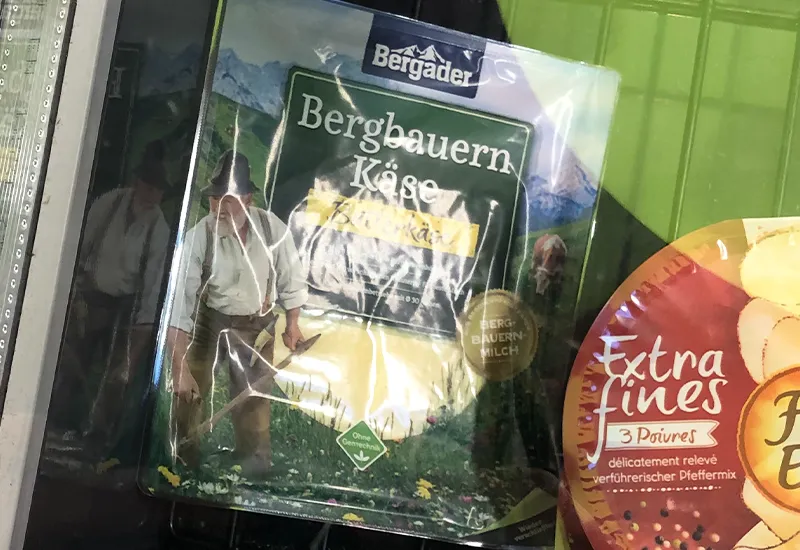
Give your own product green packaging and the environmentally friendly veil works perfectly. One Happy cow together with an old mountain farmer on a lush, green meadow The logo on the Tetra-Pak of a cow's milk suggests a great, ecological, animal-friendly and natural product.
At the same time, its content is neither animal nor environmentally friendly. Dairy cows are kept in a brutal system exploited and killed as soon as they stop giving milk. In addition, the Factory farming more resource-intensive than almost any other industry. Many Consumers who are not informed about thisHowever, they fall for this form of obfuscation.
In order to recognize greenwashing, you should always put packaging and content in relation to each other - often even a A look at the fine print.
2. lack of transparency and lack of evidence for green statements
When asked, many companies simply claim baselessly that they do a lot for the environment - but fail to provide any proof. In addition, products are often advertised as particularly sustainable, although this is not the case. not verified by trustworthy organizations has been. If the assessment of the sustainability of a product comes from the ranks of the manufacturing company itself, consumers should be cautious - because it smells a lot like greenwashing.
3. statements and daily business are contradictory
How else can you recognize greenwashing? For example, by the fact that a company's managers constantly talk about sustainability, but their daily business practices contribute massively to the ecological challenges of our time.
A good example is the distracting RWE "VoRWEggehen" campaignwhich was intended to deceive consumers into believing that RWE was the pioneer in terms of green electricity. However, the majority of the company's revenue at the time was generated from fossil fuels.
4. fuzzy but positive choice of words
Veiled false statementswhich make an extremely positive impression at first glance, are among the most popular greenwashing methods. Terms such as "regional", "natural", "green" or "ecological" sound great, but are not subject to any legal protection or trustworthy certification.
In addition, there are often invented, positive sounding terms like "free-range cows". The term was used by the Hochland brand for its "Grünländer Käse". It gives the impression that the cheese comes from the milk of free-range cows. In a statement, the associated company explained the choice of term by stating that these are cows that can move freely in the barn and are not tethered.₁
Tip: More glossing over Euphemisms of factory farming in the linked article. Use them to specifically prevent consumer deception.
5. green label without significance
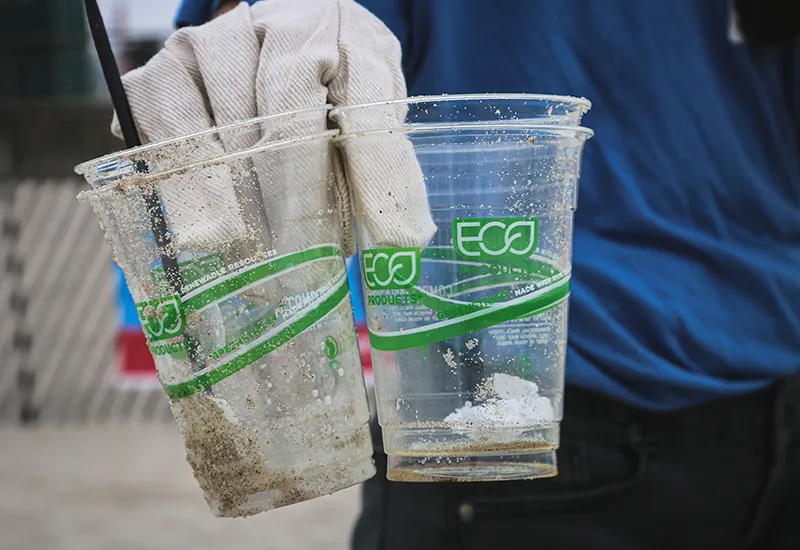
A clear indication of greenwashing is when a brand is invents its own environmental or animal welfare labelthat comes very close to those of trustworthy organizations. Consumers who don't look closely could then fall for it. They can also look completely different and still be trustworthy. For example, the "Grünländer" cheese from the Hochland brand is adorned with a green heart with the inscription "Grüne Seele - Ohne Gentechnik, Natürliche Zutaten, Milch von Freilaufkühen". Absolutely misleading.
Either way, the impression is given that the goods are tested and meet a certain standard. To recognize greenwashing, you should therefore Familiarize with the classic seals.
6. lesser evil put in a positive light
Many companies use Compareto present their products and services as more environmentally friendly than they actually are.
For example, the BahnCard The railroads are advertised as particularly "green" - but on the majority of the rail network, i.e. on the near-train lines, the trains run on coal-fired power. There is also a sprint-saving carappears more sustainable - but is not automatically sustainable.
7. absolutely irrelevant information
In addition, countless cosmetics with the label "animal-free" equipped. However, there has been a comprehensive ban on animal testing for cosmetics in the EU since 2013. Brands are therefore boasting about their products with a positive characteristic that applies to products. What remains is the impression that the cosmetic products without the label "animal-free", on Animal testing based.
A similar example is the imprint "CFC-free" on spray cans. However, chlorofluorocarbons have long been banned in Germany anyway.
8. product range and campaign without connection
If you advertise a product with a campaign that doesn't seem to fit at first glance, you should also be careful. It could be a popular greenwashing technique that is used to trick you, the consumer, into buying a product. special commitment of the respective brand pretended should be.
For example, you should be suspicious of the brand Nutella be. It hypocritically advocates biodiversity, but at the same time offers a product for which the ingredient "Palm oil" it to deforestation of rainforest comes.
9. drivel in the sustainability section of the company website.
If you want to recognize or rule out greenwashing, you should definitely take a look at the sustainability section on the brand's website. Often there is no tab for the company's own measures - and if there is, it is littered with platitudes. Meaningless and non-measurable statements in relation to one's own only seemingly sustainable actions.
You can recognize serious efforts of companies, on the other hand, by the fact that they have a clear, logical Sustainability Strategy for environmental protection and climate neutrality pursue, which goes into detail.
10. questions and hints are not taken seriously
For the next tip on recognizing greenwashing, you can simply contact the respective provider directly. How do they respond to customer queries and comments? If you are not taken seriously with your request, this is usually a bad sign.
Be sure to also take a look at the respective Company philosophy. Do you act transparently? For example, a brand can speak out against greenwashing if it is honest and self-critical.
Know greenwashing techniques to recognize greenwashing!
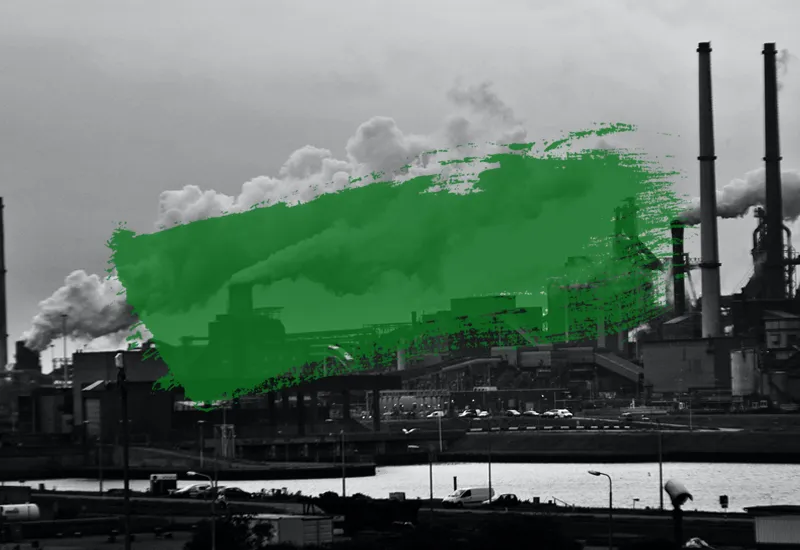
There are simply still too many loopholes that brands can use to give themselves a greener image. You are probably never absolutely safe fromto fall for this form of consumer deception.
But by staying informed, knowing the facts and genuine quality seals, always taking a look at the product composition, asking manufacturers, using informative apps such as CodeCheck and buying second-hand goods more often and displaying a healthy basic skepticism, you can counteract consumer deception, at least preventively and greenwashing can be ruled out with a high degree of probability.
I hope I was able to help you with the tips in this article. Do you have any questions, tips or further examples? Or would you like to share your own experiences with the industry's greenwashing tricks with me and the readers? Then please write me a comment below this article.
Stay sustainable and critical!

PS: You want to start a seriously sustainable project that you are passionate about? Then take a look at the next posts about the Sustainable company foundation and the Founding without equity inside.
References:
₁ Federal Association of Consumer Organizations and Consumer Associations - Federation of German Consumer Organizations (vzbv): Grünländer, example variety Chili & Paprika (20.05.2020), available at https://www.lebensmittelklarheit.de/produktmeldungen/gruenlaender-beispiel-sorte-chili-paprika. [17.01.2023].

